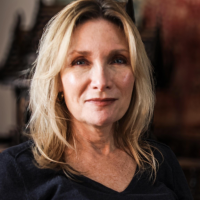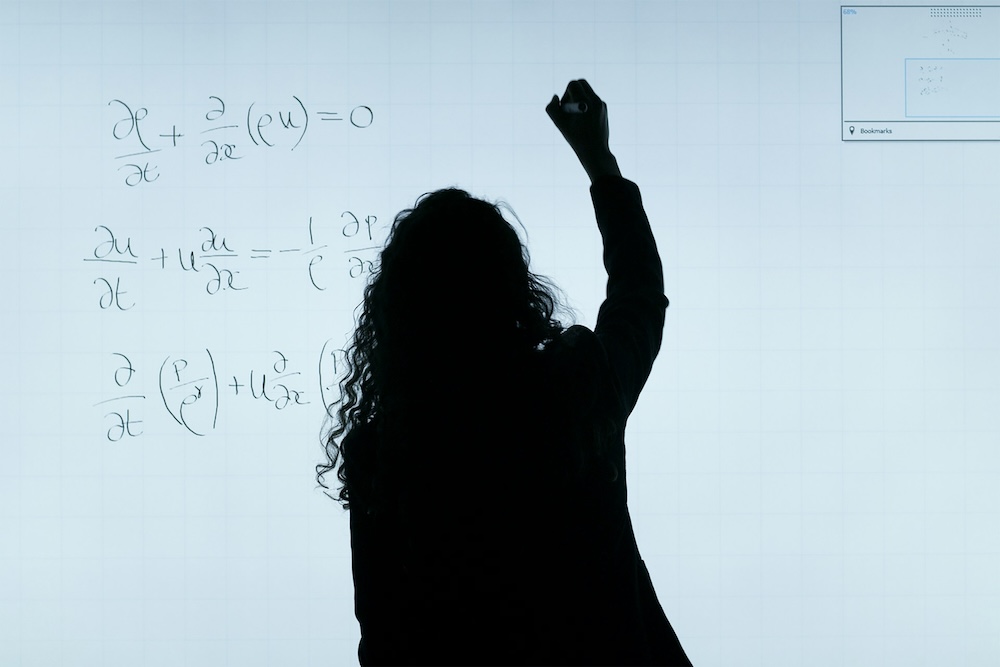This story was originally published at Kidsburgh.org.
What makes one lesson our kids learn at school stick, while another is soon forgotten? The people of the Open Learning Initiative (OLI), thousands of them throughout the United States, think about that question a lot.
Educators have been actively studying learning for just a few decades, trying to figure out how it really works and how we can use that understanding to improve how kids are taught. But in that relatively short time, the educators affiliated with the OLI have made real progress.
Picture a room full of college kids slogging their way through statistics class, wrestling with formulas and puzzling over probabilities. Early work at the OLI led to the creation of statistics courseware — what its director, Norman Bier, describes as “high-tech, interactive textbooks that incorporate what we know from the learning sciences” — that students could use instead of a traditional textbook.
When the impact of this work was studied, the results were eye-opening. “Students who were using our OLI courseware instead of the traditional textbook ended up learning about twice as much as their peers in the comparison class, and did so in about half the time,” Bier says.
Today, OLI courses are available as an open educational resource. Teachers anywhere can access them essentially for free, because the project gets grant funding from the National Science Foundation and other sources. With a small fee, you get the courses, a help desk, advanced learning analytics and a dashboard.
“All of those are contributing to improving the student learning experience, ideally enriching the instructional experience,” he says. “But we’re also engaging those faculty in this work of research. The whole platform is built to ask new questions and investigate new problems.”

Based in Pittsburgh, but educating the nation
Pittsburghers can take pride in the fact that the OLI is based at Carnegie Mellon University, so this groundbreaking work is happening right here. But Bier is quick to point out that the work of really understanding learning is being done collectively by everyone involved with the OLI — teachers throughout the country, from small towns to cities.
In fact, 348 institutions across the nation have used OLI courses over the past few years. “So,” he says, “this is really a community of thousands of educators.”
They include many at the nation’s community colleges, who are involved in helping develop the courses and participating in the slow but vital work of discovering how learning actually happens.
The OLI is “intended to be a larger community of educators, where we try to get more and more faculty involved in the work of doing the research to understand how we can improve learning,” Bier says. “So it’s not just the task of a few scientists at CMU. We really want everyone thinking: How do we better understand and improve human learning?”
In recent years, the OLI is taking this work even further with a project called Community-Engaged Courseware for STEM Success at Two-Year Colleges, better known as CCSS.
“We have amazing teachers in our community colleges,” he says, “and they’re going to be contributing back into our larger understanding of learning science” through their work with CCSS.
The CCSS team is “working to engage with community college STEM faculty who are interested in taking a look at data from the use of some of our STEM courseware, and getting a little bit of training on how to interpret this data.”
Local voices and community context
These teachers are also being encouraged to customize the courses for their local community, and then see whether that helps their students learn.
“They’ve got a much better sense of the students’ local contexts than we do,” Bier says. “What are the kind of examples or models or approaches that might resonate?”
This might mean using examples from the local community as teachers share a chemistry lesson with high schoolers, or deciding to use examples related to nursing in a community college class with lots of nursing majors, Bier says.
Local teachers also know what knowledge their students already have, so they can customize a class to build on that knowledge and then test how well that helps their students learn.
It’s important, Bier says, to “recognize the real differences in local context a lot of our faculty are engaging in.”

One piece of the CCSS project is something called Learner Sourcing. Through it, students are being asked to suggest ways to improve the courses they’ve been taking.
The bonus is that along with making the course better for future learners, these students are learning more deeply themselves.
“Another thrust throughout this project has been trying to more deeply engage students in this act of writing questions, helping to create content, or helping us to explain or evaluate where content is working well or working poorly,” Bier says. “It goes back to the old adage that if you want to learn something, the best way to do it is to teach someone else.”
It’s no small thing to decide how exactly a class will be taught. Bringing in the suggestions of teachers throughout the country, and even their students, may be the key.
“When you’re designing a single learning experience, at every moment you have a decision to make: Do I start with depth? Do I start with breadth? And once I make that decision, I have another set of decisions,” Bier says.
“It turns out that for any individual learning intervention, there are literally billions of possible options. And so in the face of that kind of complexity, we really need to bring everyone together to try to solve these kinds of problems and investigate these questions.”
Authored by:

Melissa Rayworth
Melissa Rayworth is the executive editor of Kidsburgh. She has spent two decades writing about families, parenting, culture and design for global and regional magazines and news outlets. She lives in Hampton.
